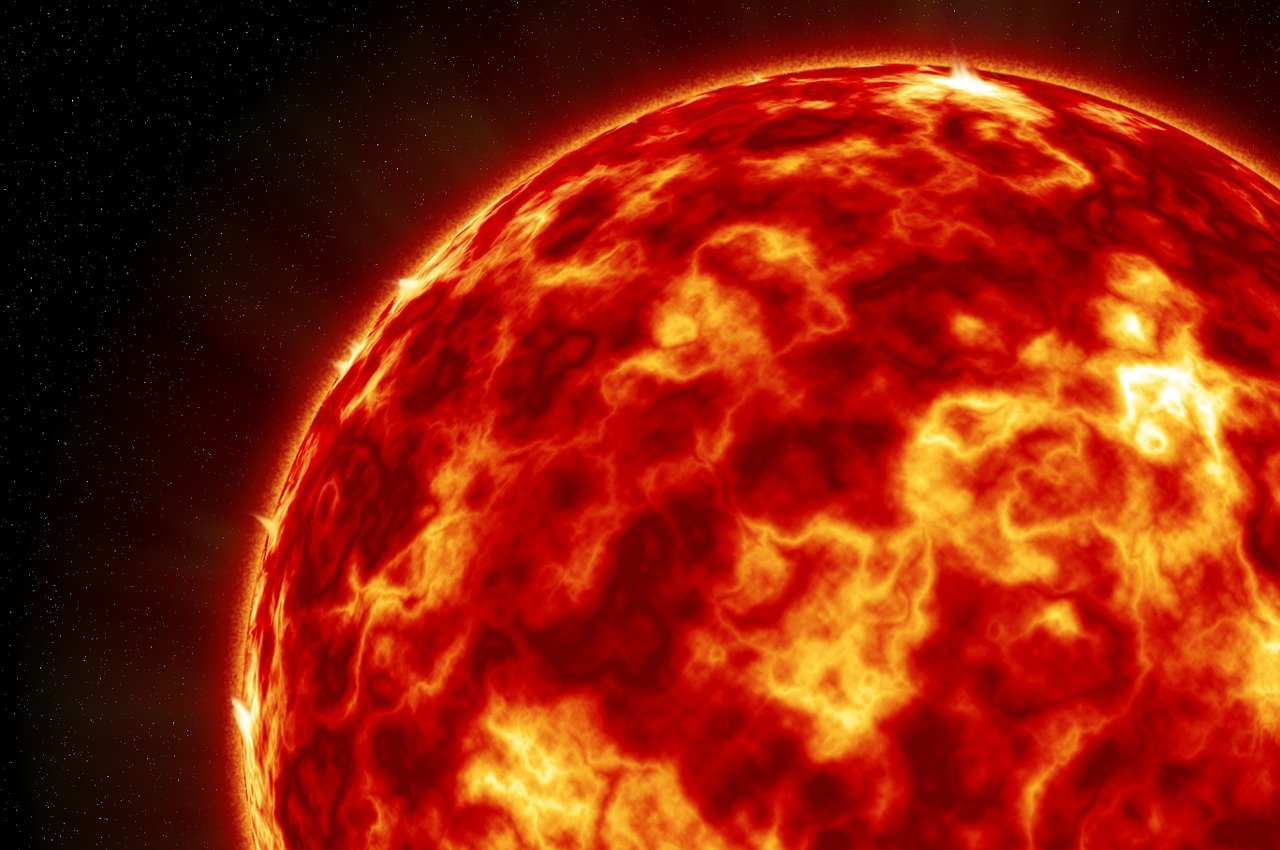Image by AstroGraphix_Visuals from Pixabay
A Hidden Pattern May Be Heating Up Our Space Weather Future
For over a century, scientists have watched the Sun pulse with a steady beat — an 11-year solar cycle that rises and falls with sunspots and flares. But now, evidence suggests there’s a deeper rhythm at play, and it may be starting up again: a powerful 100-year solar cycle that could spell decades of dramatic space weather.
A Long-Lost Solar Pulse
Known as the Centennial Gleissberg Cycle, this longer-term pattern is believed to shape the strength of solar activity over generations. Unlike the predictable 11-year cycle, this centennial rhythm is murkier — more like an ancient heartbeat that quietly resets the Sun’s magnetic personality every 80 to 100 years.
Now, scientists believe we may be at the dawn of a new Gleissberg era. Recent solar behavior suggests that this centennial cycle is waking up — and it could bring a surge of energetic solar storms our way.
Why It Matters: Space Weather Hits Home
An increase in solar activity doesn’t just make pretty auroras. It can disrupt GPS systems, damage satellites, and even knock out power grids on Earth. This happened in 1989, when a powerful solar storm blacked out parts of Canada. If the Sun is gearing up for a decades-long energetic phase, the risk of these high-impact events could rise.
A Solar Mystery Still Unfolding
The Gleissberg Cycle is still not fully understood. Scientists are tracking shifts in solar magnetic fields — especially how the Sun’s northern and southern hemispheres interact over time — to decode the signals. What’s emerging is a growing consensus: the current solar cycle (Solar Cycle 25) is behaving oddly, and past records show similar signs just before earlier Gleissberg upswings.
In other words, history may be repeating itself — in the most solar of ways.
What’s Next for Earth?
If the pattern holds, we could be entering a new phase of intensified space weather that lasts into the 2050s or beyond. While this doesn’t mean apocalyptic storms are imminent, it does mean we need to keep a closer eye on solar activity. Better forecasting and upgraded technology can help us stay resilient.
Are We Ready for the Sun’s Next Act?
What might this hidden solar cycle mean for our digital world, astronauts in orbit, and future missions to Mars? The Sun may be whispering a warning — or offering a cosmic clue waiting to be unraveled.
Follow DailySciTech.com for fresh insights into the Sun’s secrets and what they could mean for the future of life on Earth and beyond.










